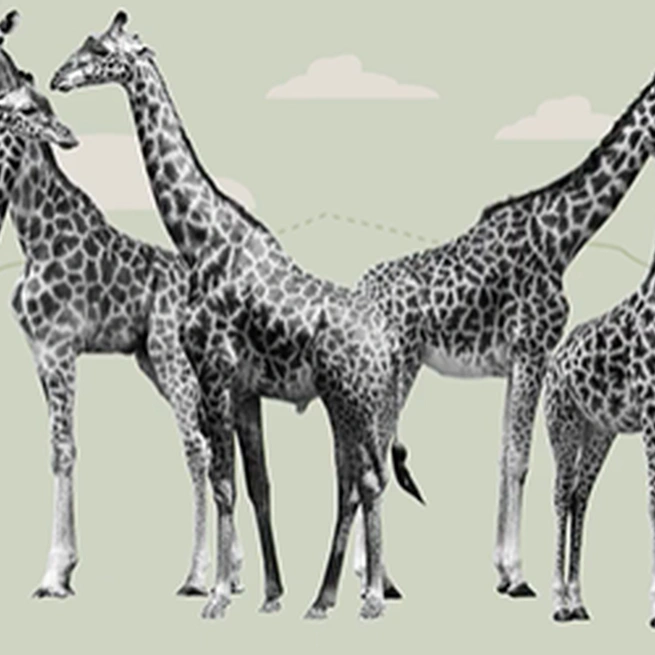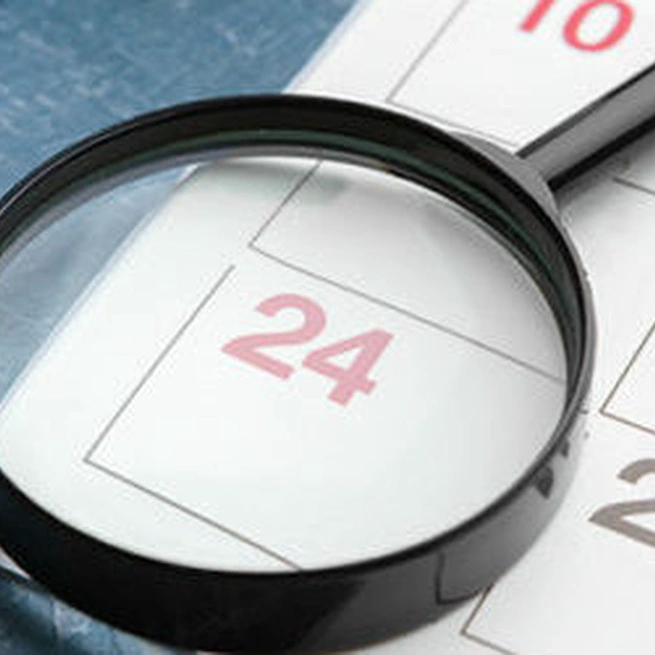Lesson plans
These pre-made, introductory data science lessons are a way for students to develop critical thinking and problem solving skills. We start with a question, find an open dataset to answer the question, and then ask students to reflect.
These pre-made, introductory data science lessons are a way for students to develop critical thinking and problem solving skills. We start with a question, find an open dataset to answer the question, and then ask students to reflect.

Suggested grade levels: 5-12 Using online data about the COVID-19 pandemic to learn about data manipulation and create graphs and other visualizations. LESSON PLAN TEACHER JUPYTER NOTEBOOK STUDENT JUPYTER NOTEBOOK
Mar 26, 2024

Suggested grade levels: 5-12 The Indigenous Populations in Canada notebook employs data science to investigate the current distribution of Indigenous Lands in the Americas, as well as the geographic locations of First Nations people at the time of contact with Europeans.
Mar 26, 2024

Suggested grade levels: 8-12 Students are introduced to real-world examples of common uses of personal data, from the good to the bad. Students will engage in an activity similar to a virtual ‘locked room’, where they will discover the clues to the next stages by utilizing basic data science skills.
Mar 26, 2024

Suggested grade levels: 11-12 When Architecture, the Natural Sciences, Mathematics and Computing intermingle something beautiful and purposeful occurs. Through this course of study students are challenged to think computationally by considering the notion of “design” through three perspectives on form and function.
Mar 26, 2024

Suggested grade levels: 7-9 Students need to use patterns to help four characters escape a zombie attack. The escape route is a rickety bridge that can only support two people at a time.
Mar 26, 2024

Suggested grade levels: 8-10 There are 21 coins on a table; the student who takes the last coin wins. No one can skip a turn and students can only take a two coins per turn.
Mar 26, 2024

Suggested grade levels: 5-12 Coast Salish baskets hold significant importance within Indigenous communities, serving multifunctional roles in storage, transportation, trade, and ceremonial contexts. In this notebook, students will learn about and explore the patterns (motifs) in these woven baskets and will be introduced to the mathematical and coding formulas required to create these patterns.
Mar 26, 2024

Suggested grade levels: 8-10 In this problem, students determine which day of week their birthday falls on for the current year. Students need to use multiple numbers and patterns to solve the problem.
Mar 26, 2024

Suggested grade levels: 4-8 There are a group of frogs hanging out on a log. Students need to figure out to move one group of frogs on the left-hand side of the log, and another group to the right-hand side of the log.
Mar 26, 2024

Suggested grade levels: 5-12 This lesson plan is designed to guide students in designing their own 3D models and preparing the files for printing on a 3D printer. LESSON PLAN
Mar 26, 2024